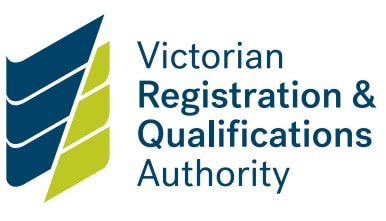What do international education providers have to do?
Providers must update their child safe strategies, policies, and practices and tailor them to the international education environment.
SEOs and most CRICOS schools have 24/7 responsibility for the accommodation, support and general welfare of students.
They must create and maintain a child safe culture, and:
- follow the VRQA guidelines
- have clear policies and procedures, supported by suitable governance and operational arrangements, that address each Standard
- ensure agreements with third-party service providers, to deliver all or part of the student's education, accommodation or care, require them to comply with the Standards.
Ready to get started?
CRICOS schools and SEOs that are also registered schools should follow the child safe advice for schools. They must ensure their CRICOS and SEOs operations are incorporated into the school’s compliance with the Standards.
Schools - regulations
The minimum requirements.
Non-school SEOs can use this checklist to help you comply:
Guidance and evidence requirements for each Standard is also available.
International - culturally safe environments
Child Safe Standard 1: Respecting and valuing Aboriginal experiences and identities.
International - child safety and wellbeing
Child Safe Standard 2: Building a strong organisational child safe culture.
International - child and student empowerment
Child Safe Standard 3: Giving children and students a voice to speak up when something isn’t right.
International - family engagement
Child Safe Standard 4: Keeping families and communities informed and involved in promoting child safety.
International - diversity and equity
Child Safe Standard 5: Supporting children from different backgrounds, characteristics or beliefs.
International - suitable staff and volunteers
Child Safe Standard 6: People working with children are suitable and supported to understand child safety and wellbeing.
International - complaints processes
Child Safe Standard 7: Ensure that processes for complaints and concerns are child focused.
International - child safety knowledge, skills and awareness
Child Safe Standard 8: Building a child safe culture through training and information.
International - child safety in physical and online environments regulations
Child Safe Standard 9: Helping children have safer and more positive experiences online and in person.
International - implementation of child safety practices
Child Safe Standard 10: Checking regularly that policies and procedures are up to date.
International - documentation of child safety practices
Child Safe Standard 11: Putting all the requirements of the Standards into action.
Updated

